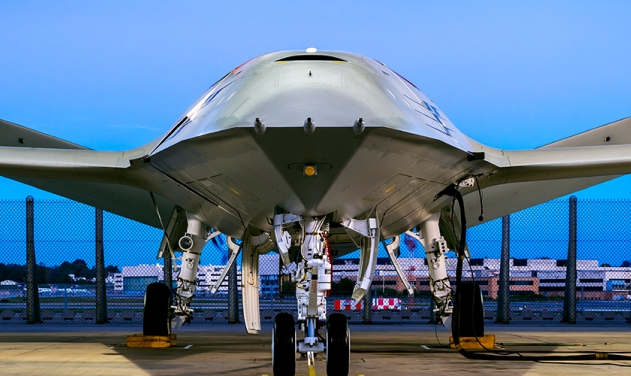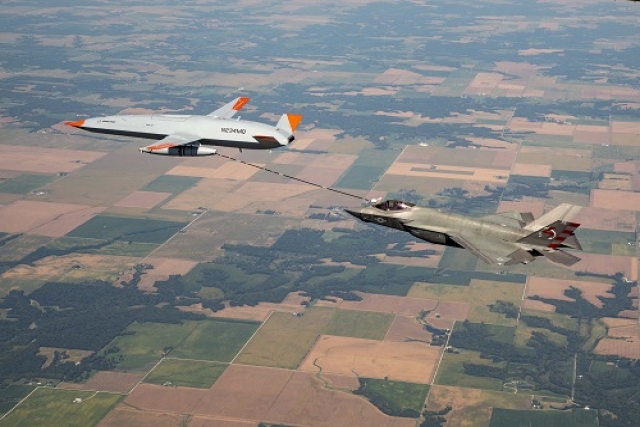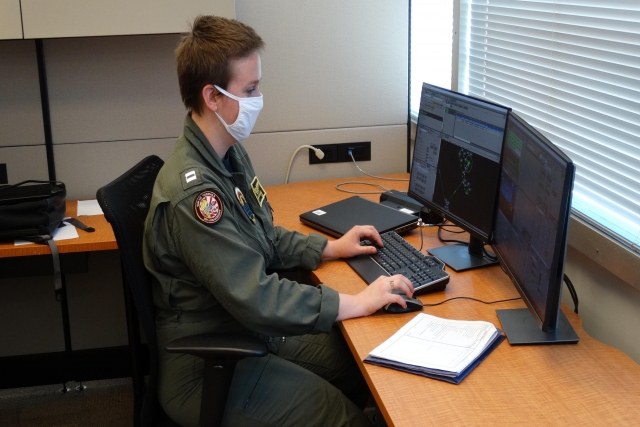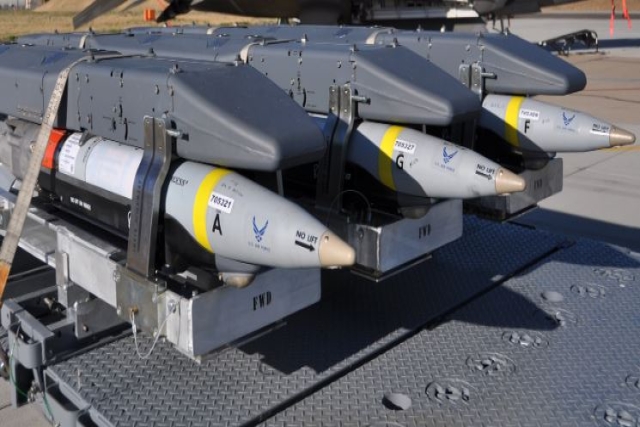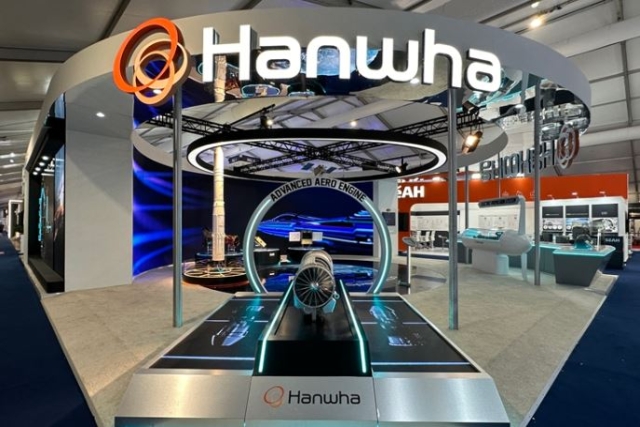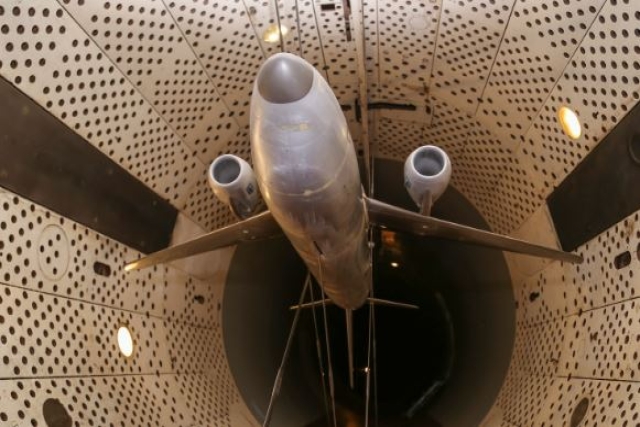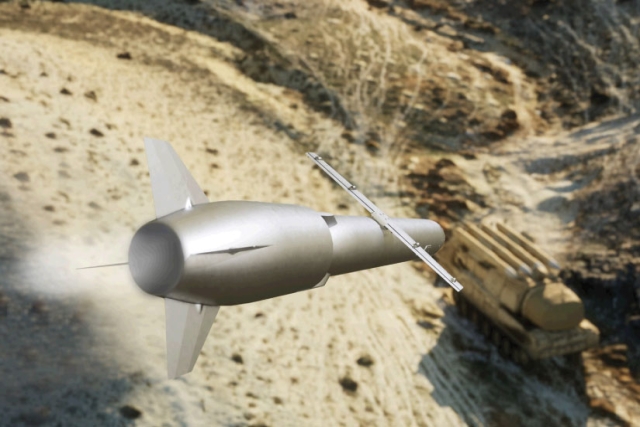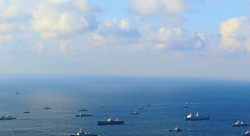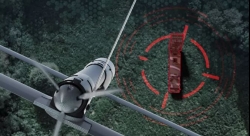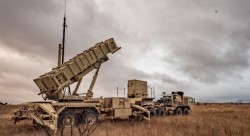Boeing’s MQ-25 Unmanned Refueller Maneuvered on Carrier Deck Using Hand Signals
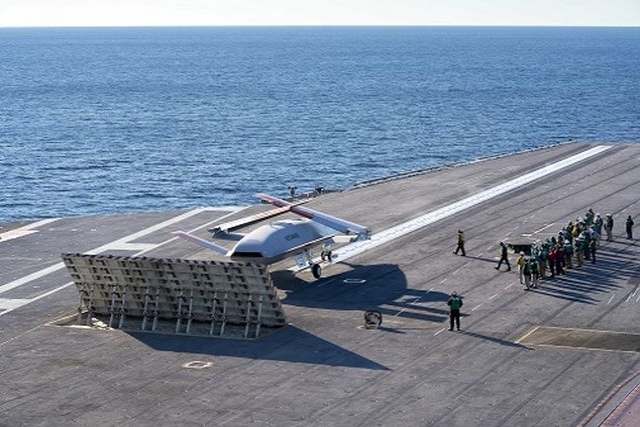
The US Navy and Boeing have successfully maneuvered the T1 test asset on an aircraft carrier for the first time – an early step forward in ensuring the MQ-25 unmanned aerial refueler will seamlessly integrate into carrier operations.
During a demonstration aboard the USS George H.W. Bush (CVN 77), Navy flight deck directors used standard hand signals to direct T1 just like any other carrier-based aircraft. Instead of a pilot receiving the commands, however, it was a Boeing MQ-25 Deck Handling Operator (DHO) who commanded the aircraft using a new handheld deck control device.
Maneuvers included taxiing on the deck, connecting to the catapult, clearing the landing area and parking on the deck.
“This is another significant step forward in demonstrating MQ-25’s integration into the Carrier Air Wing on the flight deck of our Fleet’s aircraft carriers,” said Capt. Chad Reed, Unmanned Carrier Aviation program manager.
“The Navy has a well-established process for moving aircraft on the carrier. Our goal was to ensure the MQ-25 fits into the process without changing it,” said Jim Young, MQ-25 chief engineer.
DHO’s trained in Boeing’s deck handling simulation lab in St. Louis, where they practiced entering commands from simulated flight deck directors into the real handheld device. A simulated MQ-25, running the aircraft’s real operational flight code and interfaces, would move accordingly.
The deck handling demonstration followed a two-year flight test campaign for the Boeing-owned T1 test asset, during which the Boeing and Navy team refuelled three different carrier-based aircraft – an F/A-18 Super Hornet, an E-2D Hawkeye and an F-35C Lightning II.
